Each lesson should have a title for reference. It’s a good idea to add the grade levels or ages for which it can be used and the subject being addressed. For example, “Introduction to Multiplication.” Grade level: 2. Subject: Mathematics.
List all materials needed, including books, writing materials, reference materials, manipulatives, copies of worksheets, templates, maps, globe, visuals, auditory materials, and tools: such as scissors, crayons, rulers, calculators, a computer, a chalkboard or whiteboard, chalk or whiteboard pens, overhead projector, projector film, etc. Include the lesson plan as a needed material. List the pages in the books or reference materials that will be used.
At the conclusion of the lesson, the second graders will understand that multiplication is the same as repeated addition. They will be able to multiply by 2s, using beans as counters, getting at least 5 problems correct out of 10.”
In this section, the teacher lists the state standard being focused on in the lesson.
Before the new lesson begins, the teacher briefly reviews any concepts or skills previously learned that will be needed in the new lesson. For example, before teaching multiplication, children should be able to recognize numbers 0 to 25 and add numbers from 0 to 20.
This is the section that explains how the children will be instructed. For example, the teacher might: explain, demonstrate, have students come to the chalkboard and work problems, have students show how to do problems using manipulatives, write and read aloud, answer and ask questions, etc.
This is the section in which the teacher and the students work problems, answer questions, write, etc. together. The teacher demonstrates the skill as the students follow along, also demonstrating the skill on paper or with manipulatives or orally. This section is often skipped, which is a serious mistake on the part of the teacher. It is here that children really learn the skill and the teacher has an opportunity to observe them, correct mistakes, and re-explain and re-demonstrate the information to be learned. Guided practice may take place in one session or many – learning to multiply will take place in many sessions.
This practice is done by the student without the teacher’s help, in [tag-self]school[/tag-self] or at home. Work done independently should always be checked, either in a group or by the teacher. Mistakes made should be noted and addressed by the teacher in subsequent lessons. If it becomes obvious the children did not learn the concept/skill, it should be re-taught and more guided practice should take place.
Closure occurs at the end of the lesson. Students are asked to do one more problem correctly, restate what they have learned, or summarize a procedure orally or in writing.
Review occurs in subsequent lessons and routinely on a weekly and monthly basis so that students do not forget what they have learned. [tag-tec]Homework[/tag-tec] often focuses on reviewing prior learning. Tests also are a form of review.
No part of this article may be copied or reproduced in any form without the express permission of More4Kids Inc © 2006

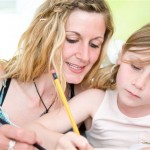

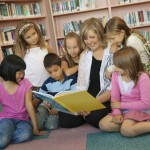

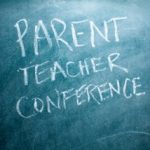

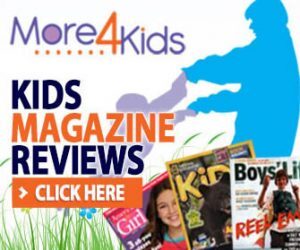
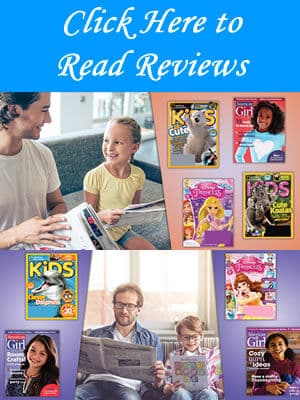
Add Comment